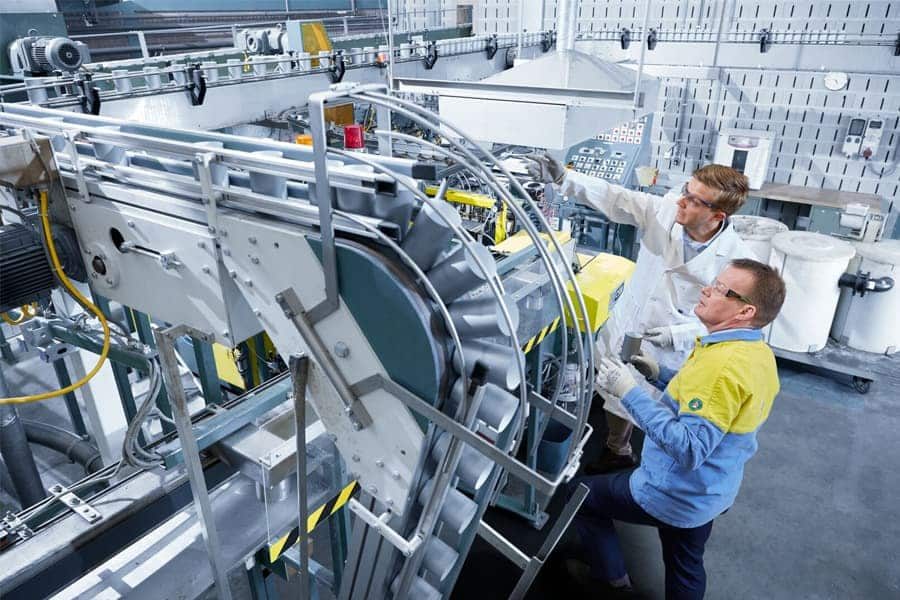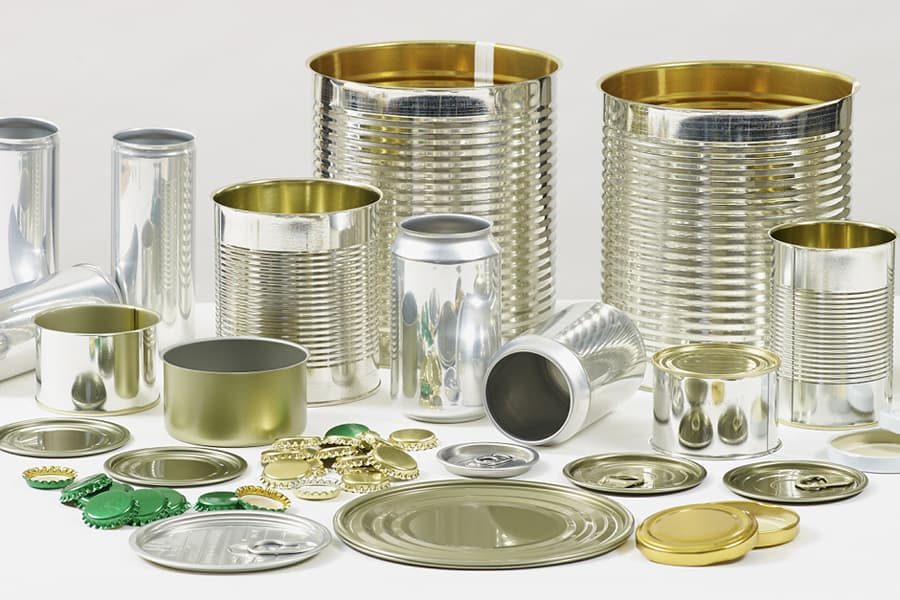Steel tanks used for food preservation can preserve high levels of nutrients and vitamins. Contrary to popular belief, canned fruits and vegetables do not use chemical preservatives, but are preserved through high-pressure processing techniques that kill bacteria. As an ambient packaging medium, steel cans do not require cooling in the supply chain, simplifying logistics and storage, and saving energy and costs.
Steel packaging provides 100% barrier protection against light, water, and air and is the most tamper-resistant food packaging option available today. Steel cans can reduce waste by extending the shelf life of food. Plus, the relatively high thermal conductivity of steel means that canned beverages cool much faster than in glass or plastic bottles. Steel is used to package more than 1,500 food and beverages as well as paints, health and beauty products, and household items.

Magnetic And Recycling
Steel is a ferrous metal and therefore magnetic, which is unique for packaging. This will allow empty cans to be transported during filling and packaging using a magnetic conveying system, improving accuracy and reducing potential spillage and waste.
In recycling facilities, steel cans can be easily separated from other waste using magnetic equipment, including cross-belt separators known as super-belt magnets and drum magnets.
Steel is a permanent material that can be recycled repeatedly without loss of quality. Recycling steel can saves the equivalent of a load of clothing, 1 hour of TV, or 24 hours of lighting (10W LED bulbs).
Smaller Carbon Footprint
All steel packaging tanks generate CO2 emissions at every stage of the production process, from raw material extraction, processing, and manufacturing to recycling. However, steel cans are the best ecological performers because cans can be recycled over and over again. The recycling rate of steel packaging in some countries has reached more than 90%, and steel is the packaging material with the highest recycling rate in Europe.
The steel industry takes used cans and uses them to make new steel products. We can significantly reduce CO2 emissions by recycling steel tanks and closing the loop. Generally, we recycle steel tanks by melting them in electric arc furnaces or basic oxygen furnaces.
Lightweight
Over the past 20 years, the weight of steel tanks has been reduced by 33%. Lighter cans have a positive impact on the environment by reducing the number of raw materials and energy required to produce them.
Most of the steel used in packaging is tinplate, which is coated with a thin layer of tin that functions as necessary for the production process. The tin layer is usually attached by electroplating.

Benefits of using steel in packaging industry
- Endlessly recyclable
- Contains recycled steel
- Easily recovered by magnetic separation
- Magnetic property increases filling accuracy, reducing potential spillage and waste
- Resource-efficient — no energy required for food preservation
- No additives are required while maintaining nutritional value
- Fast and efficient filling
- Durable
- Stackable
- Unbreakable
- Convenient
- Thin and light packaging produces environmental benefits
Get Solutions
Popular for its exceptional strength, corrosion resistance, and machinability, stainless steel has become a staple in the metals industry. Also to a complete inventory of virtually all shapes, sizes, and grades, China Tisco also offers custom stainless steel supply chain solutions and is able to deliver products to each customer’s exact specifications. Contact us to get a custom stainless steel supply chain solution!
